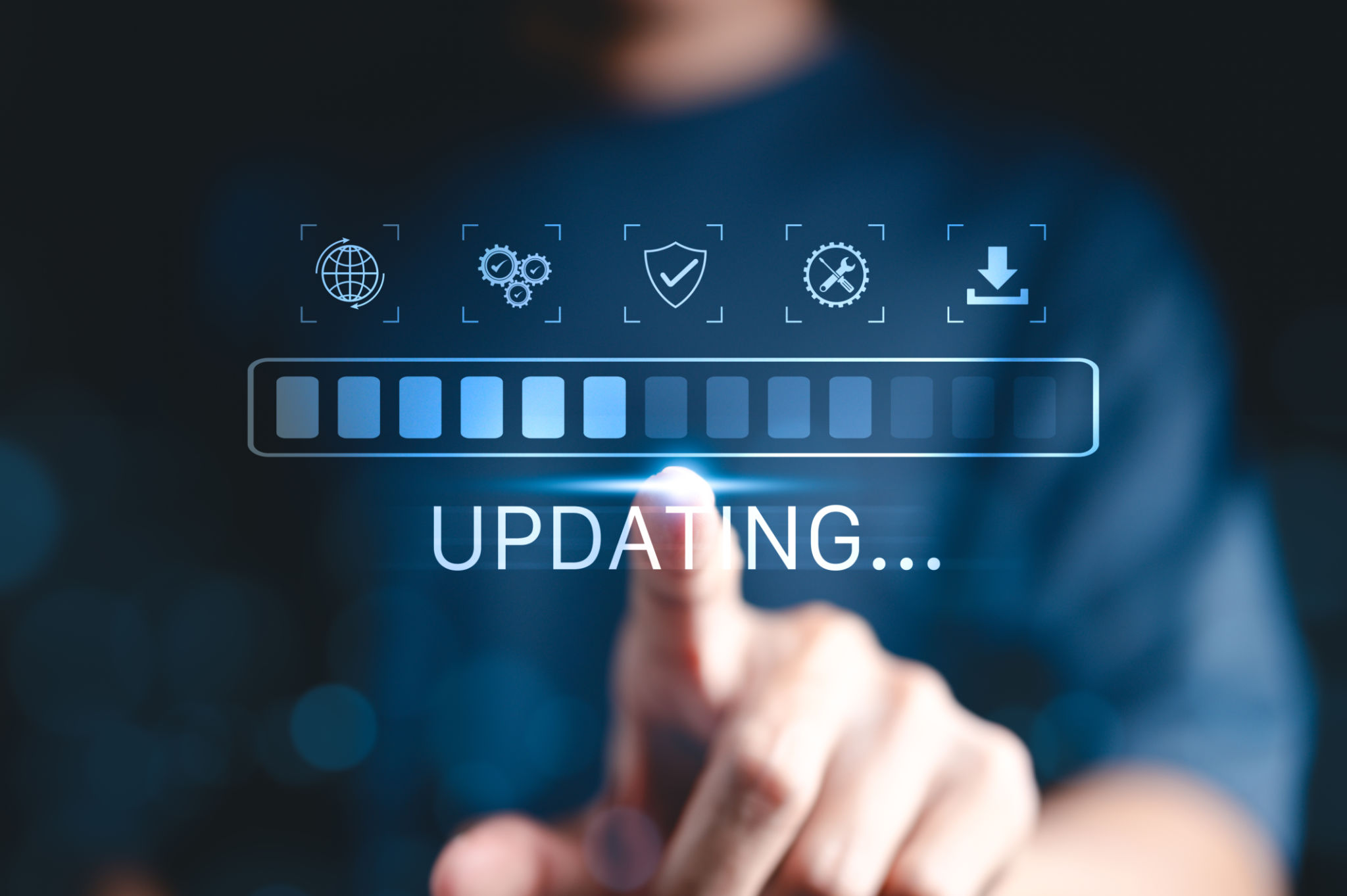How to Set Up a Secure Remote Work Environment for Your Business
CP
Understanding the Importance of a Secure Remote Work Environment
In today's digital age, more businesses are shifting towards remote work environments. While this transition offers flexibility and access to a broader talent pool, it also presents unique security challenges. Ensuring that your business's remote work environment is secure is crucial to protect sensitive data and maintain your company's reputation.
Implementing robust security measures can prevent unauthorized access and cyber threats, safeguarding both your employees and your business. Let’s explore how you can set up a secure remote work environment effectively.

Establishing Secure Network Connections
One of the foundational steps in setting up a secure remote work environment is ensuring that all network connections are secure. Encourage your employees to use a Virtual Private Network (VPN) when accessing company resources from home or public networks. A VPN encrypts internet traffic, making it difficult for cybercriminals to intercept sensitive information.
Additionally, educate your team on the importance of using strong passwords and enabling two-factor authentication (2FA) for all accounts. This extra layer of security can significantly reduce the risk of unauthorized access.
Implementing Strong Cybersecurity Policies
Creating comprehensive cybersecurity policies is essential for guiding your employees in maintaining security while working remotely. These policies should cover acceptable use of company resources, data protection protocols, and procedures for reporting suspicious activities. Regularly updating these policies ensures they remain relevant in the face of evolving cyber threats.

Training your employees on these policies is equally important. Conduct regular workshops and provide resources to keep them informed about the latest cybersecurity trends and best practices.
Utilizing Reliable Software and Tools
Selecting the right software and tools is critical to supporting secure remote work. Use reputable collaboration and communication platforms that offer end-to-end encryption. This ensures that any information shared between team members is protected against interception.
Moreover, regularly update all software and systems to patch vulnerabilities. Encourage employees to enable automatic updates whenever possible to keep their devices secure.

Monitoring and Managing Devices
Device management is another crucial aspect of a secure remote work environment. Implement Mobile Device Management (MDM) solutions to monitor and manage all devices accessing company data. This allows you to enforce security policies, track device usage, and remotely wipe data if a device is lost or stolen.
Additionally, ensure that all devices have updated antivirus software installed to detect and prevent malware attacks. Regular security audits can help identify potential vulnerabilities and address them proactively.
Encouraging a Culture of Security Awareness
Finally, fostering a culture of security awareness among your employees is vital for maintaining a secure remote work environment. Encourage open communication about security issues and recognize employees who demonstrate exemplary security practices.
By building a team that prioritizes security, you create a resilient defense against potential threats, ensuring the long-term success and safety of your business.
